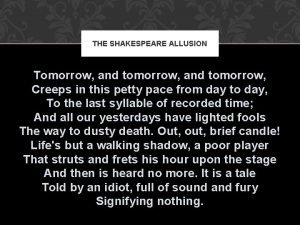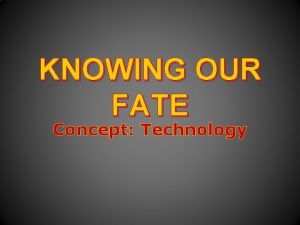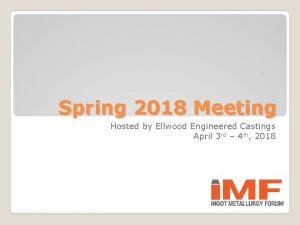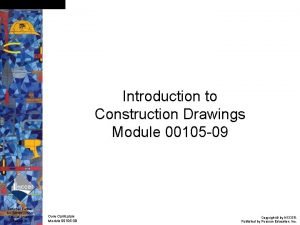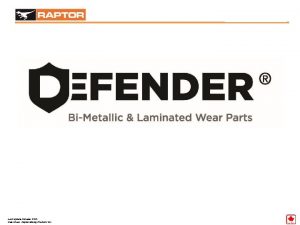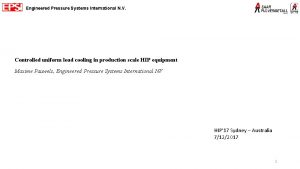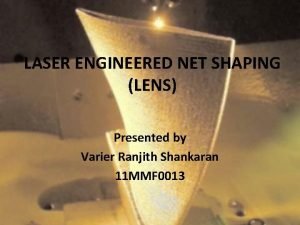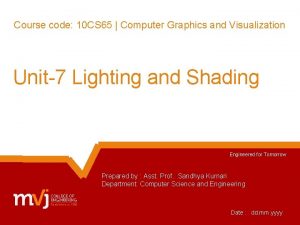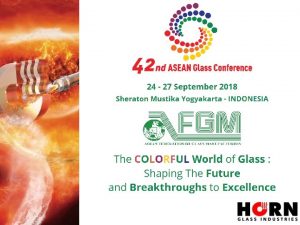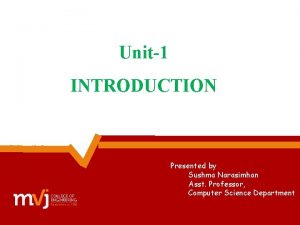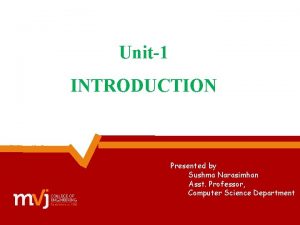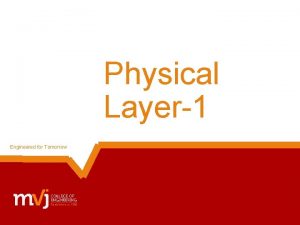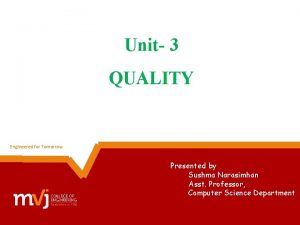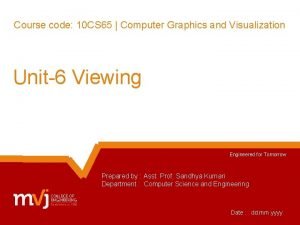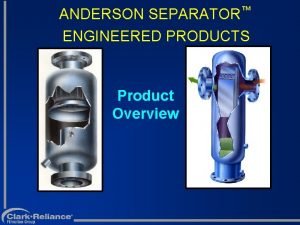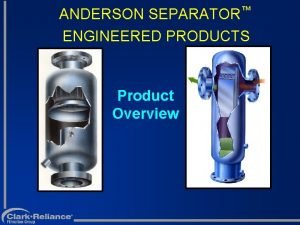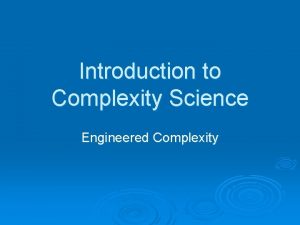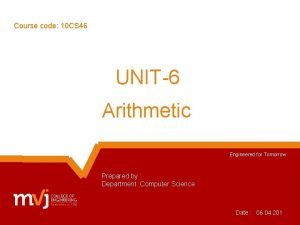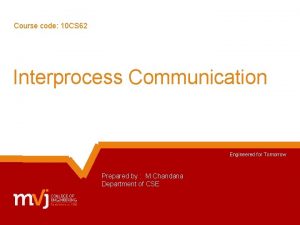Engineered for Tomorrow Course code 10 CS 65


















- Slides: 18

Engineered for Tomorrow Course code: 10 CS 65 | Computer Graphics and Visualization Unit-7 Lighting and Shading Engineered for Tomorrow Prepared by : Asst. Prof. Sandhya Kumari Department: Computer Science and Engineering Date : dd. mm. yyyy

Shading – Light and Matter Our perception depends on: – – light directly – intensity, spectrum (color), position material of objects that “reflects” or “transmit” light, roughness, color of the surface Speed of computation – significant factor

Shading – Light and Matter Generally we do not need to compute all, but just those rays that contribute to the final image Methods: • Global – ray tracing, radiosity – very slow • Local – constant, Gouraud, Phong etc. – relatively fast

Shading – Light and Matter Interaction between light and materials can be classified as • specular surfaces – ideal mirror • diffuse surfaces – reflected light is ideally reflected to all directions uniformly • translucent surfaces – allow some lights to penetrate the surface – refraction – glass, water • optical properties – Snell’s law

Shading – Light sources Light source – an object with a surface Each point (x, y, z) on the surface can emit light with characterization: • direction of emission ( , ) • intensity of energy emitted at each wavelength illumination function I(x, y, z, , , ) Basic light sources (sufficient for rendering the most simple scenes): • ambient lighting • point sources • spotlights • distance light

Shading – Light sources Light - an object with a surface Each point (x, y, z) on the surface can emit light with characterization: • direction of emission ( , ) • intensity of energy emitted at each wavelength illumination function I(x, y, z, , , ) Usually I = [ I r , I g , I b ]T is handled as a scalar value Basic light sources - sufficient for rendering the most simple scenes: • ambient lighting • point sources • spotlights • distance light

Shading – Light sources Ambient light Ia- uniform light in the space (room etc. ) Ideal point source – emits equally in all directions I(p 0) Light received at a point p full shadow – umbra partial shadow – penumbra for non-point sources (d is distance)

Shading – Light sources Spotlights – very narrow angles of emission, if = 180° -> point source distribution of light within the cone – usually cose( ) ; e determines how rapidly intensity drops off cos( ) = s. T l s – vector that points from ps to a point s on a surface l – vector of the light direction

Shading – Distant light sources we replace location of light sources with their directions p 0 = [ x , y , z , 0 ]T ( 0 is correct !) Phong Reflection Model I = I a + Id + Is disadvantages • linear model • superposition

Ambient, Diffuse, Specular Reflections Ambient reflection 0 ka 1 Ia = ka La global ambient term or light Diffuse reflection • characterized by rough surfaces • perfectly diffuse surfaces – Lambertian surfaces

Ambient, Diffuse, Specular Reflections Lambert’s law: diffuse reflection 0 kd 1 if the influence of the distance is considered

Ambient, Diffuse, Specular Reflections Specular Reflection: 0 ks 1 as ideal specular reflection <100 , 500> metallic surfaces

Polygonal Shading How to display surfaces with shading? Flat (constant) shading gl. Shade. Model(GL_FLAT); Mach bands

Polygonal Shading Interpolative and Gouraud shading gl. Shade. Model(GL_SMOOTH); normal in a vertex • average normal vector • intensity computation for a vertex • intensity & color interpolation for a scan-line

Polygonal Shading Phong shading normal in a vertex • interpolation of a normal • normal interpolation along the scan-line • intensity computation Phong shading is almost always done off-line

Light Source in Open. GL • Open. GL supports the four types of light sources -point, spotlight, ambient, and distant • Open. GL functions – gl. Lightfv(GLenum source, GLenum parameter, GLfloat *pointer_to_array) – gl. Lihjtf(GLenum source, GLenum parameter, GLfloat value) • Four vector parameters can set: the position (or direction) of light source and the amount of ambient, diffuse, and specular light associated with the source

Global Rendering – Ray tracing global versus local lightings models

Global Rendering – Ray tracing Algorithm complexity: O(M 2 N 2 k) M – resolution of a screen N – number of objects k – number of levels of the tree Typical program: POV Ray – available free
 Shakespeare tomorrow and tomorrow and tomorrow
Shakespeare tomorrow and tomorrow and tomorrow Tomorrow and tomorrow and tomorrow kurt vonnegut analysis
Tomorrow and tomorrow and tomorrow kurt vonnegut analysis Due tomorrow do tomorrow
Due tomorrow do tomorrow Due tomorrow do tomorrow
Due tomorrow do tomorrow Code commit code build code deploy
Code commit code build code deploy Engineered castings
Engineered castings Plans used for work that has to do with construction
Plans used for work that has to do with construction Module 00105 introduction to construction drawings answers
Module 00105 introduction to construction drawings answers Engineered wear products
Engineered wear products Unit 7 engineered wood products
Unit 7 engineered wood products Engineered pressure systems
Engineered pressure systems Laser engineered net shaping
Laser engineered net shaping Engineered shading
Engineered shading Ellwood engineered castings
Ellwood engineered castings Engineered in germany
Engineered in germany Soldier course vs sailor course
Soldier course vs sailor course Course number and title
Course number and title Course interne course externe
Course interne course externe Formuö
Formuö
